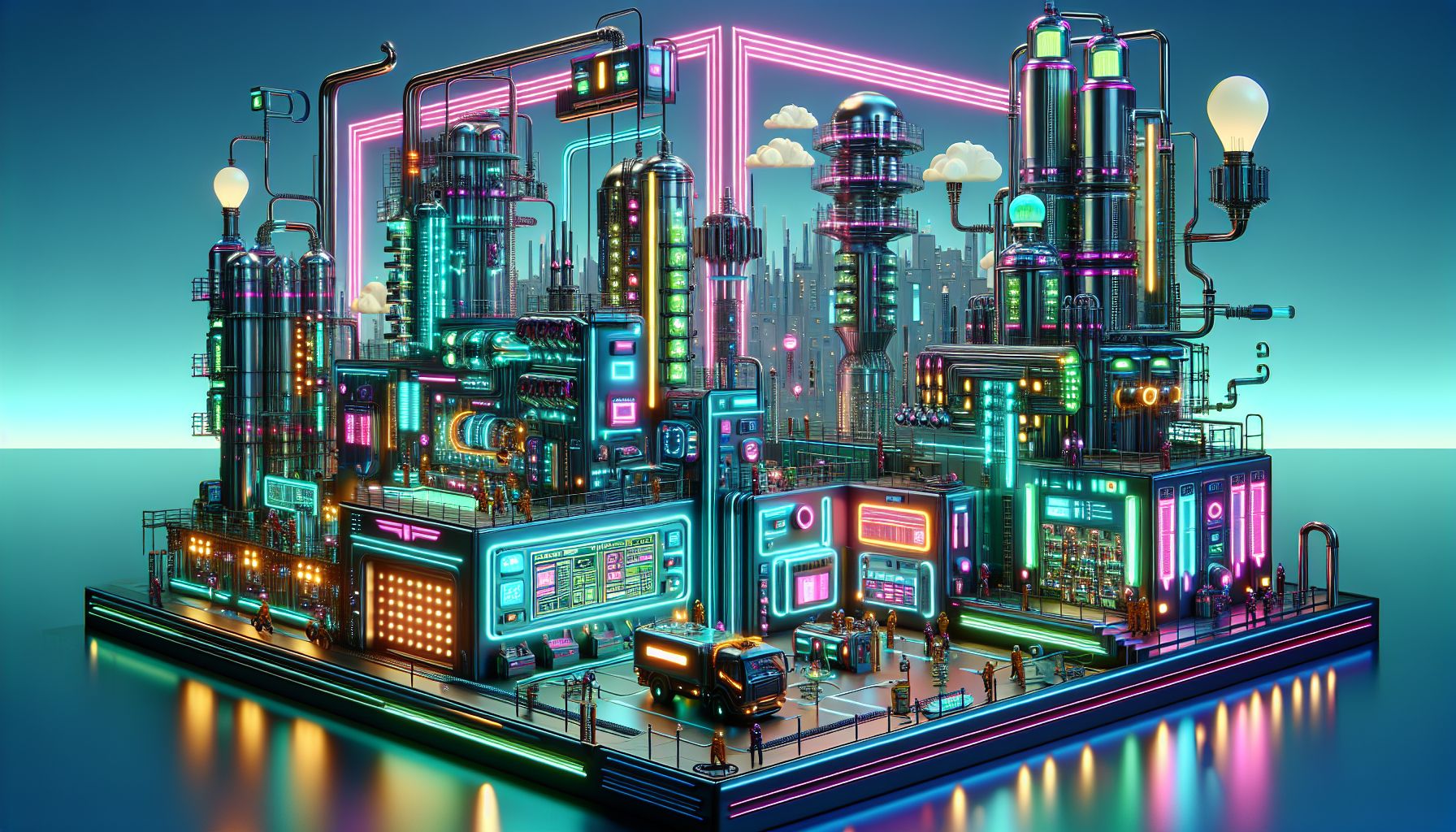Green Hydrogen Derivatives: The Clean Energy Game-Changer

Copenhagen, Thursday, 19 June 2025.
Dive into how green hydrogen derivatives like e-methanol and e-ammonia are revolutionising deep decarbonisation across industries. Discover why this versatile energy carrier is pivotal for climate goals.
The Role of Hydrogen Derivatives
Ah, green hydrogen—the darling of clean energy enthusiasts everywhere. But, it’s not just the hydrogen itself that’s turning heads; it’s what we can make from it. E-methanol, e-ammonia, and e-kerosene are emerging as heavy hitters in the race to decarbonise our industries. E-ammonia, for example, combines green hydrogen with nitrogen straight from the air, creating a completely carbon-free ammonia. It’s like the superhero of fertilisers, making farming a bit kinder to the planet [1].
Innovation Drives Sustainability
We’ve got wizards in labs to thank for this. Recent advancements in technology mean producing these e-fuels is getting slicker and more efficient. Using CO2 in the production process doesn’t just make e-fuels viable but also helps tackle those pesky emissions. Fun fact: the EU wants us to use biogenic CO2—CO2 captured from renewable sources—over time. Denmark is sitting pretty, ready to jump on this with its biogas production prowess [1].
Industry Participation Heats Up
Coming together like Avengers, energy industries and policymakers are embracing hydrogen like never before. The upcoming World Hydrogen Week in Copenhagen is about to become ground zero for big ideas, with 3,500 industry pros expected to exchange wisdom. Events like these are crucial—they’re where new partnerships and initiatives are born [2].
Funding and Projects Taking Shape
Money talks, and it’s saying ‘hydrogen’ loudly. Just look at Poland, where the national development bank has greenlit grants worth $738 million for six green hydrogen projects. This isn’t small potatoes—it’s a massive nod towards a cleaner future [5]. Germany isn’t shying away either, with ABO Energy cutting the ribbon on its 5 MW green hydrogen project, featuring a wind turbine and refuelling station [6].
Challenges on the Horizon
Not all is roses, though. Uncertainties in market and policy landscapes are throwing in wrenches. Statkraft, for example, has paused its green hydrogen ventures, citing these very concerns. It’s like finding out you can’t have dessert because the menu changed last minute [7]. But I wouldn’t lose sleep over it; European grants are paving the path with €992 million awarded to support renewable hydrogen, promising a bright decade ahead [7].